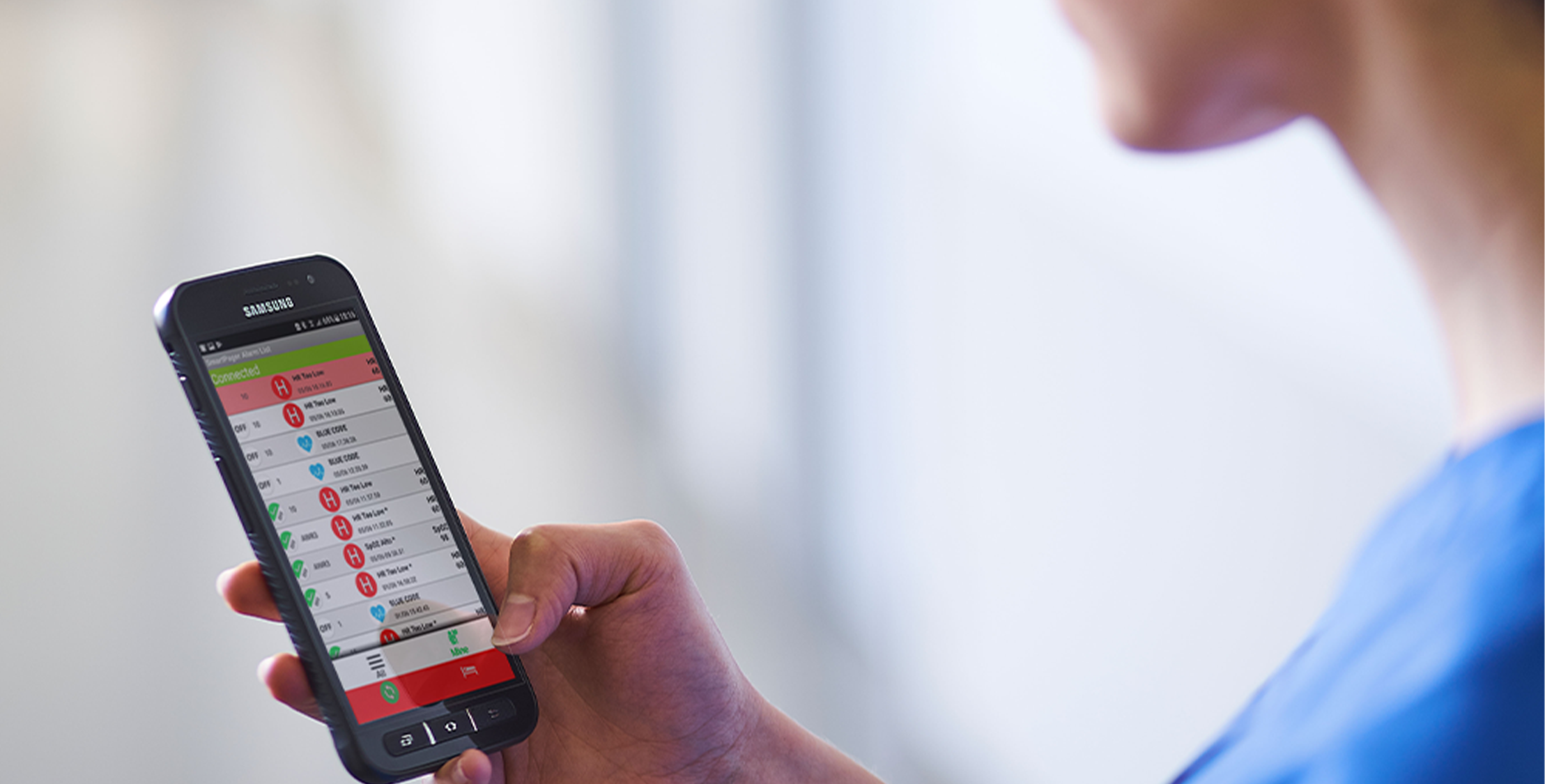
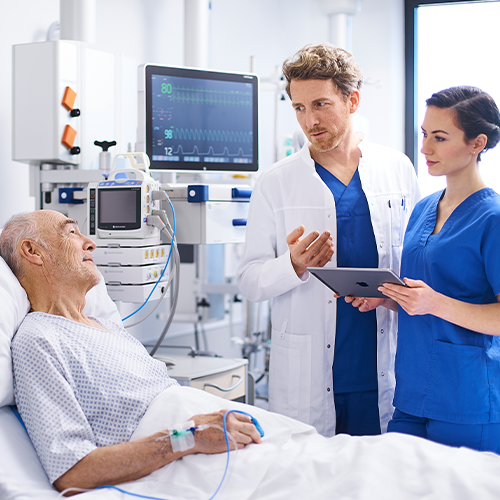
Soluzioni
Sta cercando informazioni su un prodotto specifico? Si prega di notare che questo sito web è ancora in fase di traduzione e alcuni contenuti potrebbero apparire nella lingua originale. Stiamo lavorando per completare le traduzioni e apprezziamo la vostra comprensione.
Terapia Intensiva
La rilevazione precoce e l’intervento tempestivo sono cruciali nella terapia intensiva. Nihon Kohden utilizza tecnologia avanzata per trasformare i dati invisibili dei pazienti in informazioni visibili sui monitor, facilitando una valutazione completa delle condizioni dei pazienti. Integrata con i loro ventilatori e defibrillatori, questa tecnologia consente un monitoraggio e un trattamento efficienti in situazioni critiche.
I dati dei pazienti vengono distribuiti e integrati senza problemi nei sistemi ospedalieri, garantendo una gestione fluida e migliorando i risultati complessivi dei pazienti attraverso cure efficaci basate sui dati.
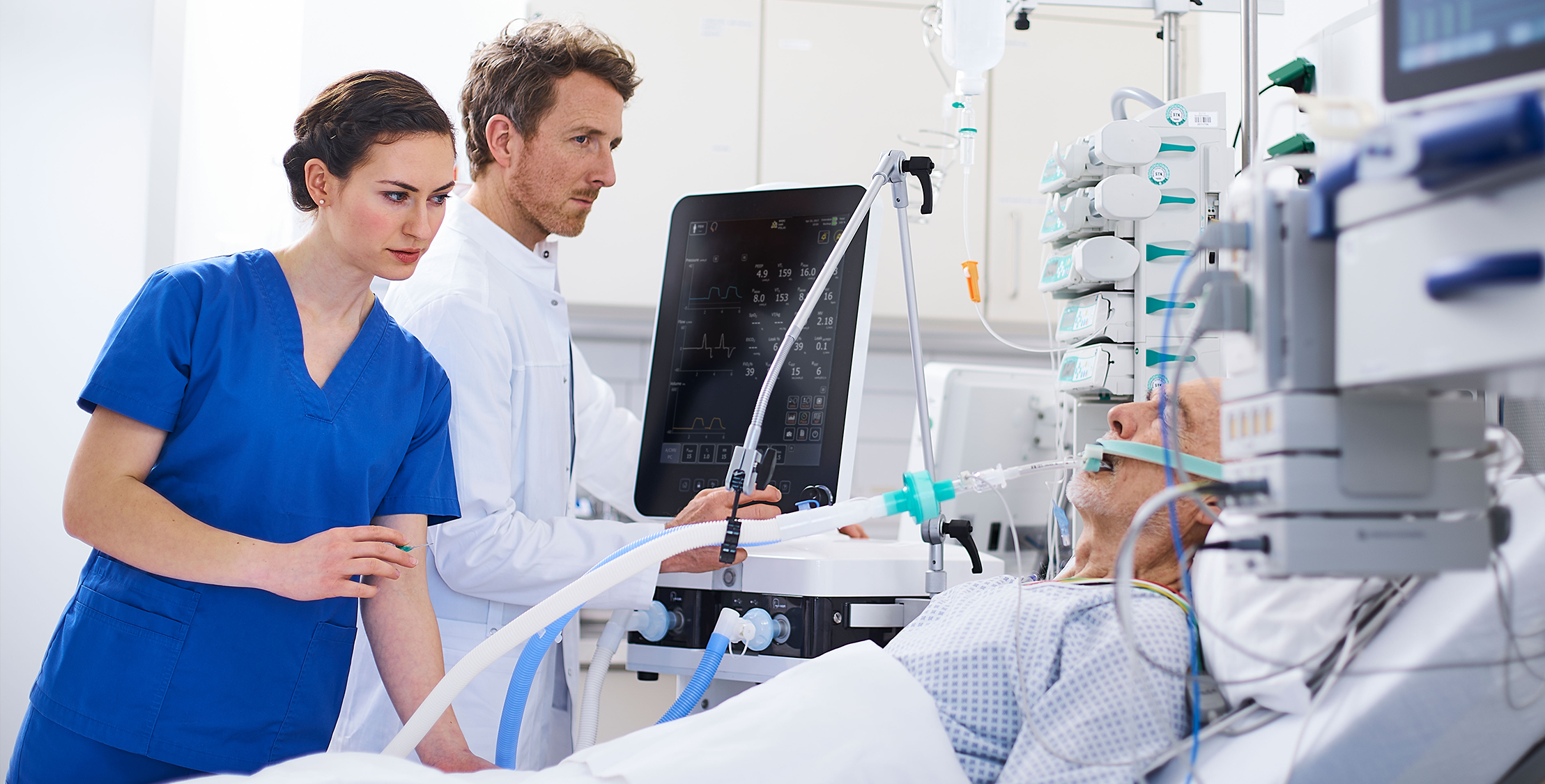
Preospedaliero
Assistenza completa al paziente che comprende interventi preospedalieri. Nihon Kohden garantisce il trattamento durante questa fase acuta dotando gli operatori sanitari di dispositivi di alta qualità che supportano l’inizio del ciclo di cura, dalla monitorizzazione continua all’intubazione, defibrillazione e rianimazione.
Questa attrezzatura consente interventi precoci ed efficienti, ottimizzando la sicurezza del paziente.
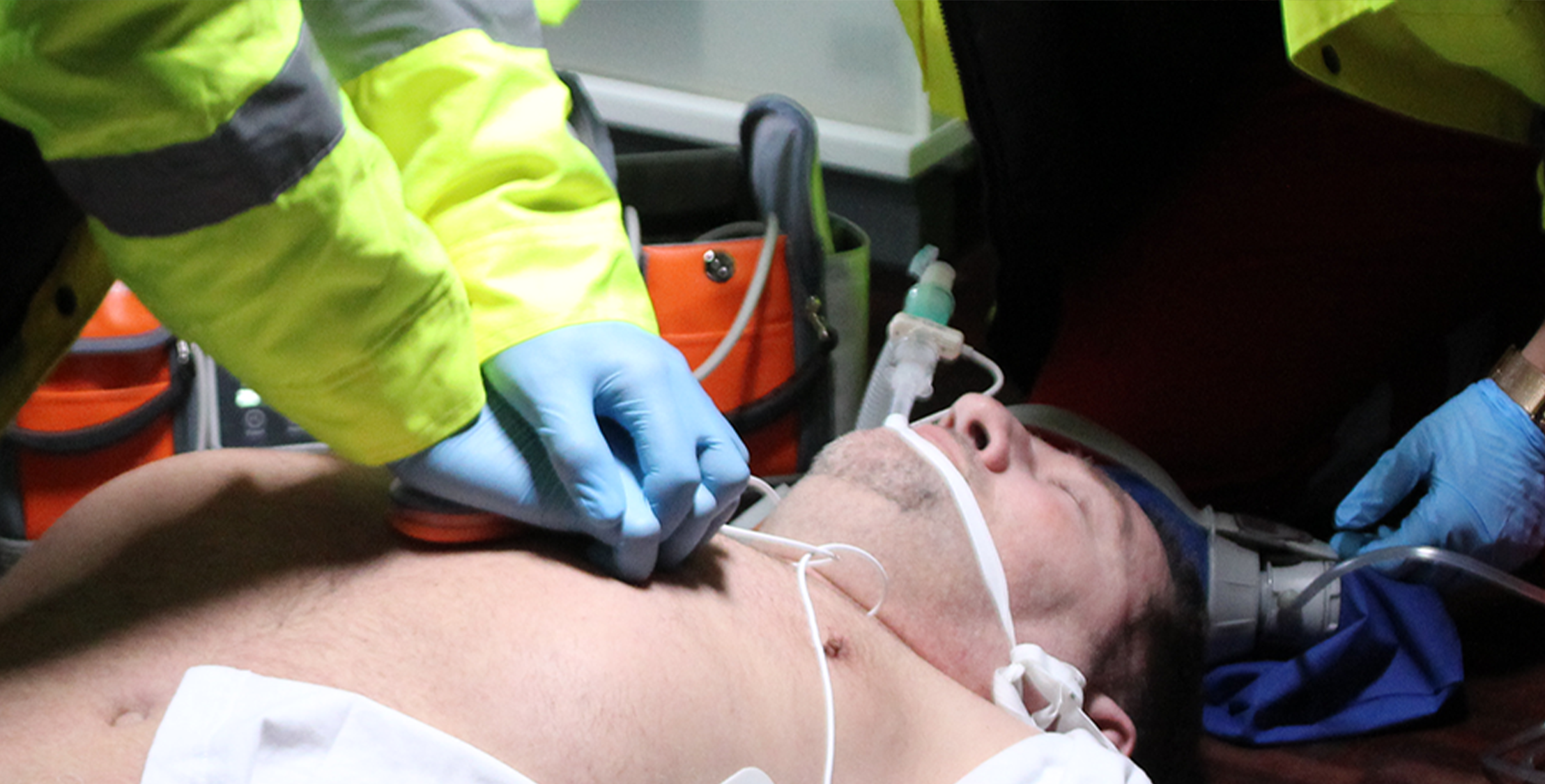
Neuromonitoraggio (ICU)
Il monitoraggio cardiaco e respiratorio sono pratiche standard nell’ambiente dell’unità di terapia intensiva (ICU) oggi, tuttavia, l’elettroencefalografia (EEG), che svolge un ruolo cruciale nella determinazione dello stato attuale del paziente, non lo è. Nonostante le sfide associate al monitoraggio dell’EEG in ICU, durante questa fase cruciale della cura del paziente, Nihon Kohden offre molteplici soluzioni per la misurazione dell’EEG.
Il nostro innovativo sistema EEG wireless (CerebAir) consente una preparazione e una misurazione semplificate, consentendo una più rapida acquisizione dell’EEG e un monitoraggio a lungo termine. I clinici sono meglio supportati con algoritmi di rilevamento delle crisi abilitati nel trend software con la testina a 38 canali, consentendo l’identificazione rapida dell’attività delle crisi e quindi un intervento clinico più rapido per il paziente. Il monitoraggio semplificato dell’EEG è disponibile con moduli sui monitor per pazienti Nihon Kohden, consentendo la visualizzazione dei dati EEG sulla stazione di monitoraggio centrale.
Di conseguenza, il monitoraggio EEG in ICU può diventare un parametro standard per la cura completa del paziente in questo contesto di terapia intensiva.
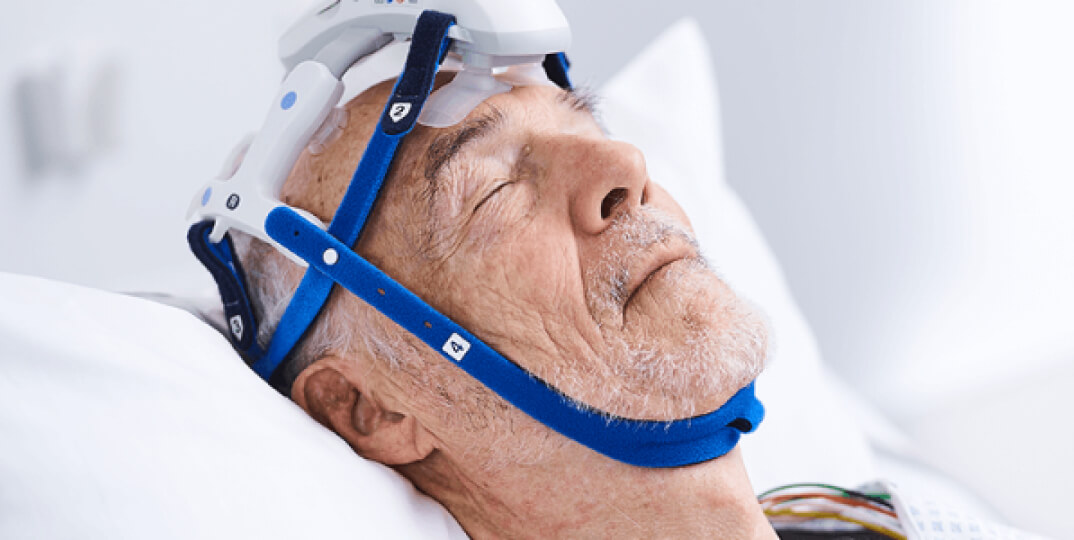
Laboratorio (Dispositivi diagnostici in vitro - IVD)
Nihon Kohden è una forza pionieristica nel campo della diagnostica in vitro, e offre soluzioni all'avanguardia su misura per i laboratori. Rinominate per la loro precisione e affidabilità, le soluzioni IVD di Nihon Kohden offrono agli operatori sanitari tecnologie avanzate che migliorano l'accuratezza e l'efficienza diagnostica.
Grazie all'impegno per l'innovazione e la qualità, Nihon Kohden continua a ridefinire gli standard della diagnostica di laboratorio, garantendo una migliore assistenza ai pazienti in tutto il mondo.
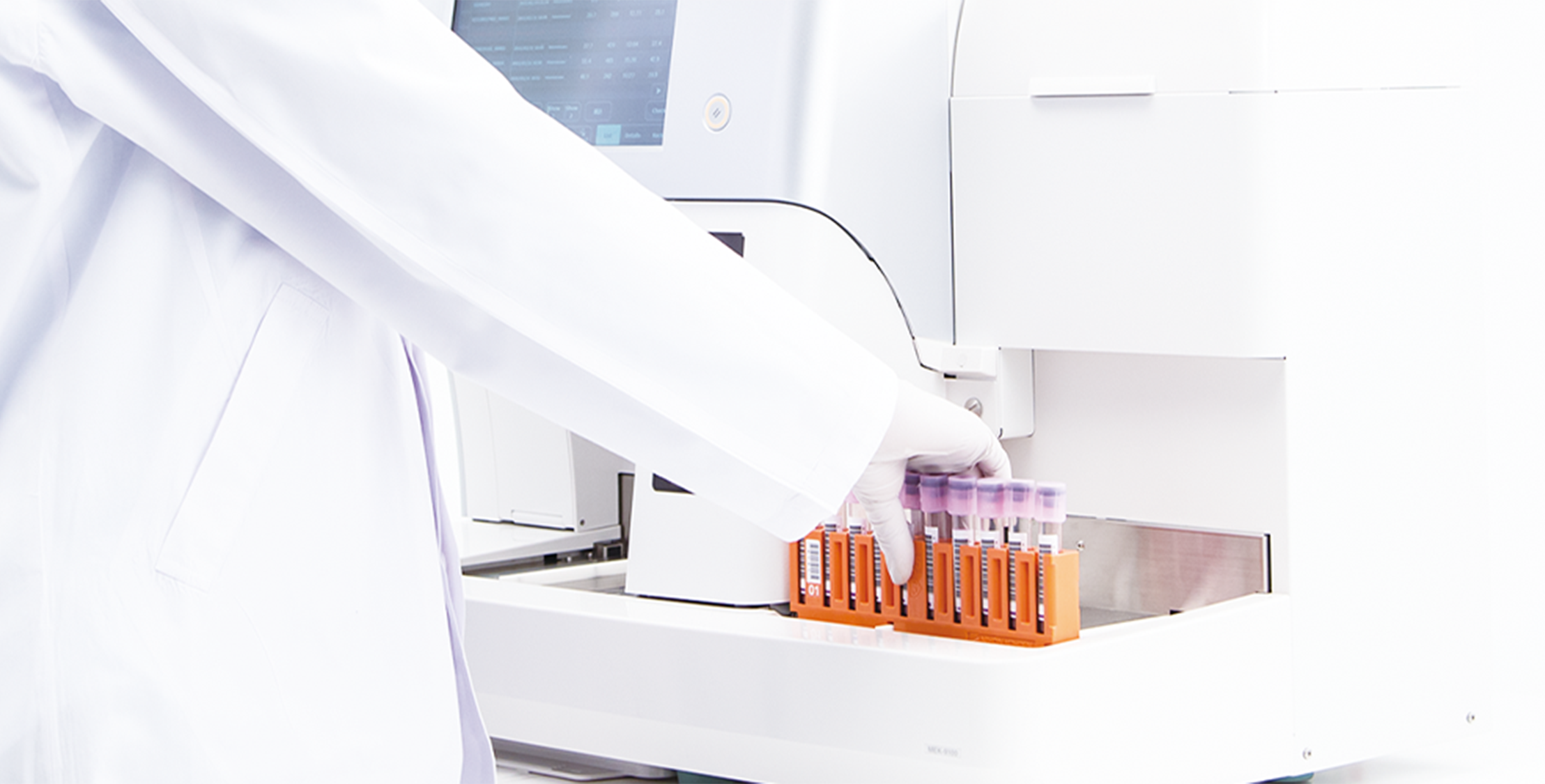
DAE ad accesso pubblico
L’arresto cardiaco improvviso che si verifica al di fuori dell’ospedale continua a essere una preoccupazione significativa per la salute pubblica. Attualmente, il metodo principale per ripristinare il ritmo cardiaco normale durante un arresto cardiaco è l’uso di defibrillatori esterni automatici (DAE). Nihon Kohden svolge un ruolo vitale fornendo DAE a strutture di defibrillazione ad accesso pubblico (PAD) in tutto il mondo.
Una gestione efficace dei DAE è cruciale per garantirne la disponibilità costante. Sfruttare la gestione remota dei DAE rappresenta la soluzione più efficiente per ottenere prestazioni ottimali del dispositivo e una supervisione semplificata.
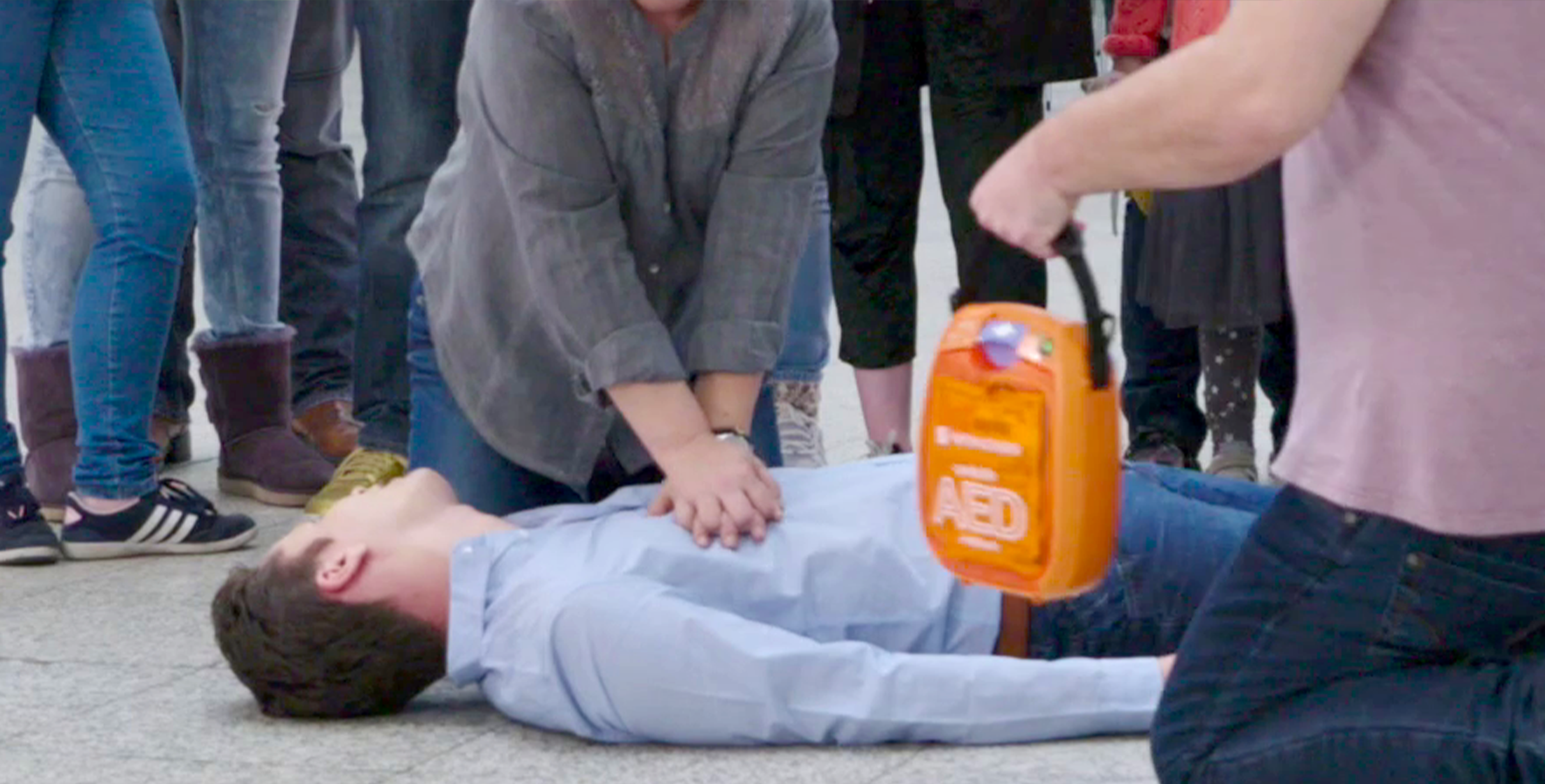
Diagnostica
La qualità degli amplificatori Nihon Kohden garantisce segnali di elettroencefalografia (EEG) ed elettromiografia (EMG) di alta qualità, fornendo ai clinici dati clinicamente rilevanti e precisi attraverso la nostra tecnologia di rilevamento affidabile. La tecnologia di Nihon Kohden ha le sue radici nell’EEG, con oltre 70 anni di esperienza, abbiamo sviluppato tecnologie affidabili nel campo della tecnologia medica.
Il nostro software di gestione e reportistica dei dati clinici gestisce efficacemente i dati di cardiologia e neurologia, ottimizzando il flusso di lavoro per gli esami associati. Inoltre, questi dati possono essere distribuiti senza problemi ai sistemi informativi ospedalieri appropriati tramite HL7 e DICOM.
La tecnologia unica di Nihon Kohden supporta gli esami cardiaci, rendendo visibili ai clinici gli aspetti invisibili della salute cardiaca per una diagnosi efficiente di eventi e malattie.
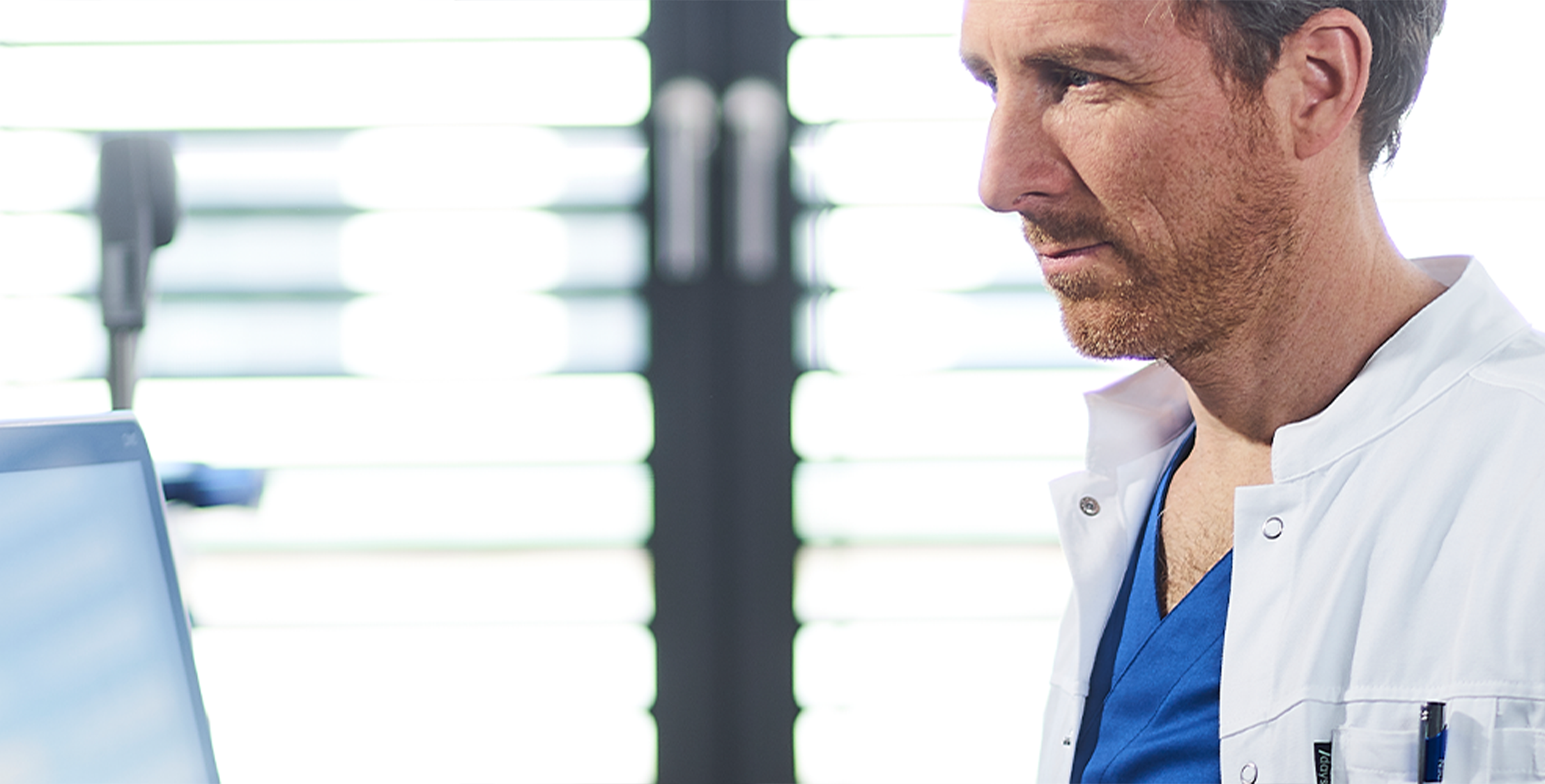
Reparto
Per garantire una gestione efficiente delle cure ai pazienti, la transizione dall’unità di terapia intensiva al reparto generale è cruciale. Nel reparto, i pazienti si muovono e camminano come parte del loro processo di recupero. Nihon Kohden offre una soluzione di monitoraggio ottimale che promuove un ambiente senza stress mantenendo al contempo un monitoraggio sicuro attraverso la tecnologia wireless. Inoltre, per facilitare un monitoraggio e un trattamento adeguati all’interno dei reparti, forniamo una soluzione di gestione degli allarmi. Inoltre, i nostri ventilatori senza intubazione migliorano l’efficienza del flusso di lavoro e ottimizzano i processi clinici.

Neuromonitoraggio a Lungo Termine
L’unità di monitoraggio dell’epilessia (EMU) svolge un ruolo molto importante nella diagnosi e nel trattamento delle crisi epilettiche. La stanza EMU è progettata per il monitoraggio a lungo termine con la capacità di registrare più flussi video, fornendo al clinico informazioni sincronizzate EEG e visive del paziente sull’attività delle crisi. La stimolazione corticale diretta consente il posizionamento preciso degli elettrodi di stimolazione e/o di altri interventi chirurgici.
Il laboratorio del sonno esegue studi di polisonnografia (PSG) per diagnosticare i disturbi del sonno monitorando l’elettroencefalografia (EEG), la saturazione di ossigeno, la frequenza cardiaca e la respirazione durante il sonno. Uno studio PSG può anche includere il monitoraggio dei movimenti oculari e degli arti mediante elettromiografia (EMG). La tecnologia a infrarossi consente la registrazione di più flussi video, fornendo al clinico informazioni sincronizzate EEG e visive del paziente.
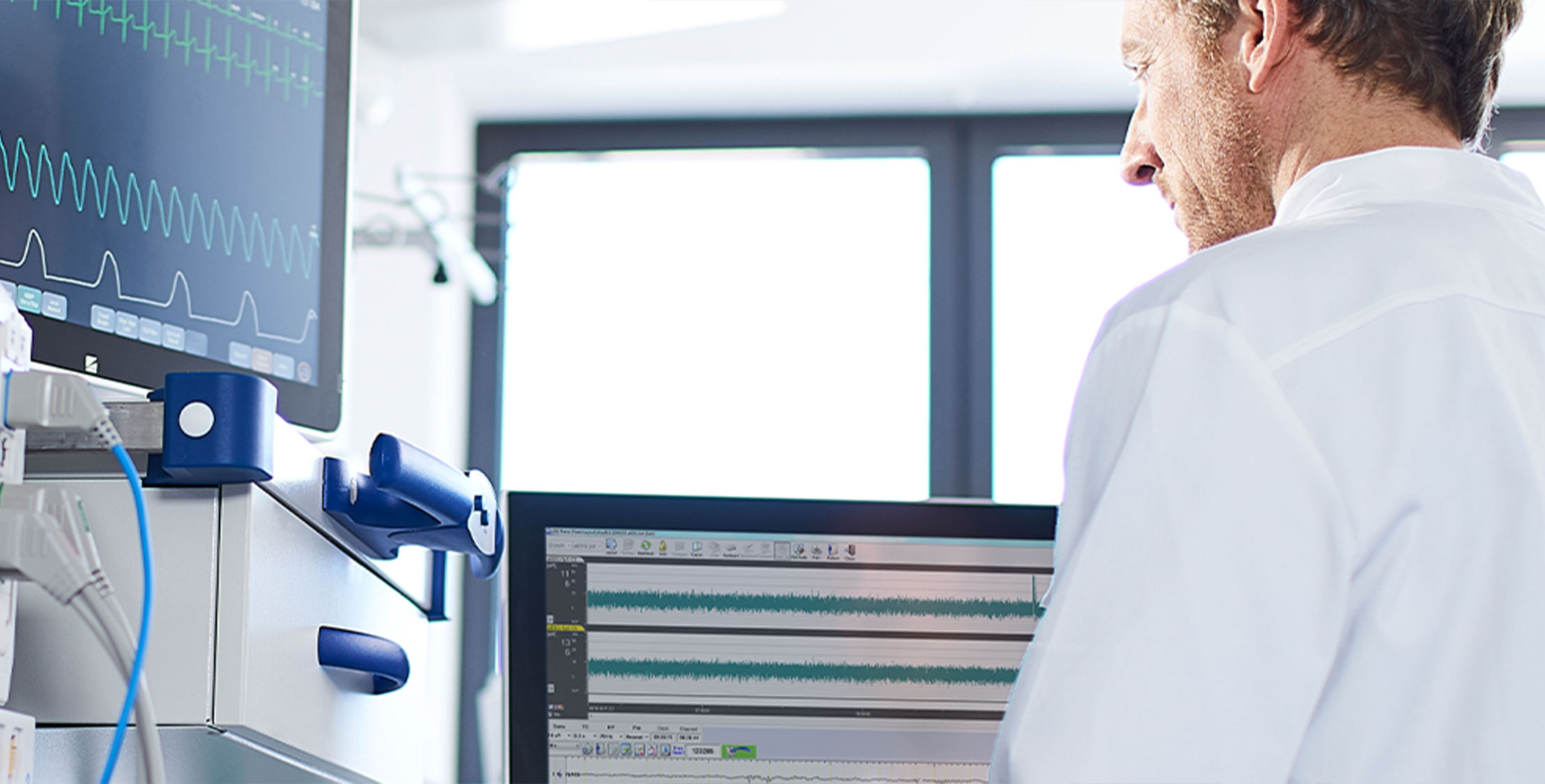
Medical IT
Nihon Kohden offre prodotti multimodali integrati completi che servono i pazienti in tutte le aree di cura. In qualità di esperti nelle specialità di neurologia, monitoraggio dei pazienti, cardiologia e pneumologia, offriamo soluzioni cliniche che forniscono accesso a un livello di informazioni più profondo e completo, consentendo diagnosi più accurate, supporto ventilatorio e, in definitiva, migliori risultati.
